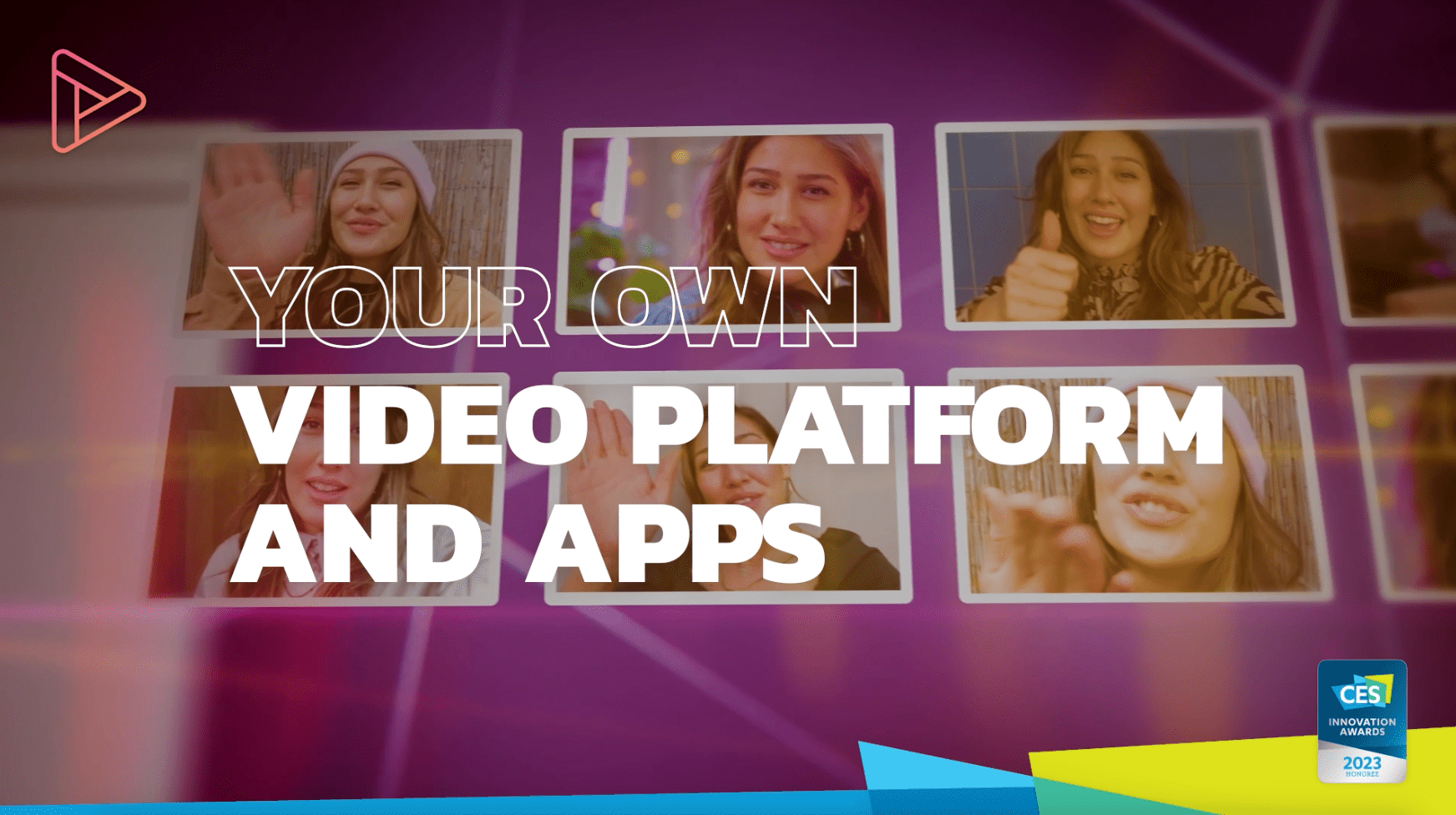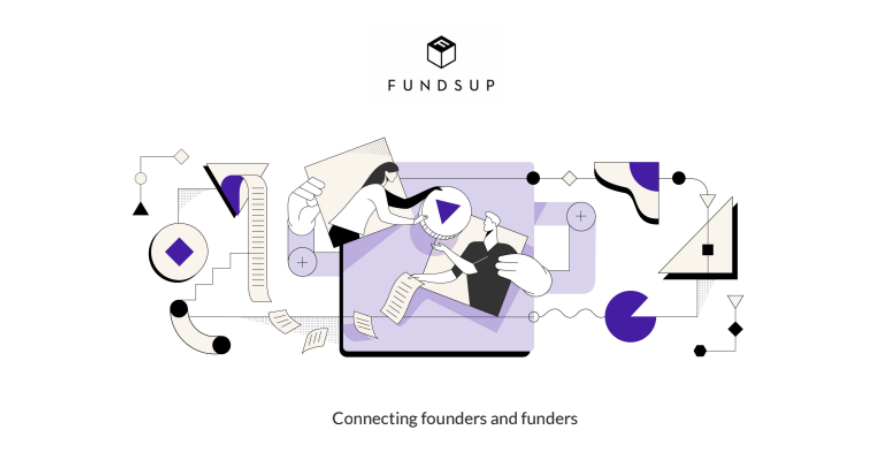
About Tradecast
- Founders: Yillmaz Schoen
- Founded in: 2017
- Employees: 20
- Money raised: €6 million
- Ultimate goal: To grow into the leading solution for independent video distribution globally. Websites are increasingly turning into video platforms, Tradecast wants to support clients in this transformation.
Yillmaz Schoen could see that the role of video is only expanding over the years. All sites are slowly but surely turning into interactive video platforms. According to Schoen, this is a good thing, but there are some caveats. For example, YouTubers are not in charge of their own data when they publish their content on that video platform.
That’s why Schoen founded Tradecast: a complete infrastructure for distributing video content in every possible way through a proprietary video management system. Even down to a complete front-end product like Netflix or a TV channel. Schoen talks to IO about it in this instalment of Start-up of the Day,
How did you come up with the idea?
“The idea originally stemmed from my perception about the growing importance of video. Before starting Tradecast, I used to work in media. Among other things, I produced television programs and advertising campaigns. On the one hand, I could see that the traditional television world is evolving. On the other hand, I also saw the increasing importance of online video. Think of social media like YouTube and Instagram. The importance of those platforms was clear even at that time, but over the past few years, the consumption of video content has only increased. The main disadvantage is that you are basically always at the mercy of – and dependent – on other parties. So, I figured that it would be better to distribute your own video productions yourself and be the boss in your own home.”
What product are you conquering the market with?
“An infrastructure that enables content creators to be completely independent of platforms like YouTube – which is a place where you completely give up control of your own content. It is somewhat similar to YouTube in terms of functionalities, but it goes even further than that. Social media sites such as YouTube should be viewed exclusively as marketing tools.
A soon as you make this kind of platform your own platform, then you are in fact running your own business. And we can deliver that at very short notice, because we don’t have to build that all for you anymore. Within a week, your platform is already up and running and ready to use. Our technology means that we can generate this sort of domain in no time. So all that remains is the design.”

Can you tell us more about that technique?
“You can imagine that you will need a lot of different technologies if you want to start a platform like Netflix or Videoland. These technologies also come from a lot of different parties. Especially in the broadcast world. We incorporated all of those technologies into one product. For instance, uploading video, encoding it so it can be played on all devices, tracking the data, keeping your platform secure, registering your users and mapping out their viewing behavior. These are just a few examples of things that are involved.”
Who was this concept originally intended for?
“Initially, the idea was to give users the ability to start their own TV channel. So from that perspective, it was aimed at the larger parties and media companies. That was when we first started out. As of now, we have developed to the point where you can already speak of it as a solution for consumers. Right now, we are seeing mainly a lot of companies, government agencies, sports associations and influencers who make use of our service. Because they also see that distributing content on their own platform is becoming more and more important.”
What challenges have you run into?
“Getting the funding to finally be able to get this going has been a huge task. On top of that, we spent years exploring and applying all the various technologies. We had to build our product first before we could say whether it would work or not. Because you don’t bring in investors with just an idea. They want to see something. In that respect, we also had challenges to overcome on a technical level.
Another challenge we ran up against primarily in the start-up phase was the mindset of people. Not everyone understood why they should want this for themselves. That has changed now, people understand that it is advantageous if they do remain in charge of their own data. But they also understand that videos on YouTube link to their competitors and show advertisements that aren’t of any use to them.”

What do you do that is different from your competitors?
“Our distinctive strength lies mainly in our scalability. You see other parties get bogged down at some point. Not only in terms of technology, but also in personalizing their own digital environment in which video is a central component. So it often stops at web and mobile applications. A lot of people may wonder what else is out there. For instance, think about a smart TV. Then you could even distribute your content more towards traditional television.”
What are your goals for the future?
“To internationalize. The CES also plays an important role in that. This is a tech trade fair held in January in Las Vegas. That fits in well with our goal of introducing our product to the American market. We are already past the proof-of-concept phase. Now we are moving toward a fast-growing market and we also want to become the standard for independent video distribution there as well.”

